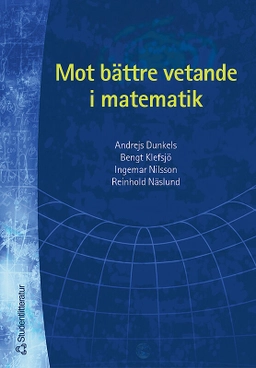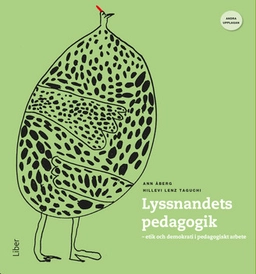

Energy Embodied in Trade, 1970-2014
- Utgiven: 2019
- ISBN: 9789187793585
- Sidor: 210 st
- Förlag: Lunds universitet, Media-Tryck
- Format: Häftad
- Språk: Engelska
Om boken
Åtkomstkoder och digitalt tilläggsmaterial garanteras inte med begagnade böcker
Mer om Energy Embodied in Trade, 1970-2014 (2019)
I april 2019 släpptes boken Energy Embodied in Trade, 1970-2014 skriven av Viktoras Kulionis. Den är skriven på engelska och består av 210 sidor djupgående information om ekonomi. Förlaget bakom boken är Lunds universitet, Media-Tryck.
Köp boken Energy Embodied in Trade, 1970-2014 på Studentapan och spara pengar.
Tillhör kategorierna
Referera till Energy Embodied in Trade, 1970-2014
Harvard
Oxford
APA
Vancouver



















